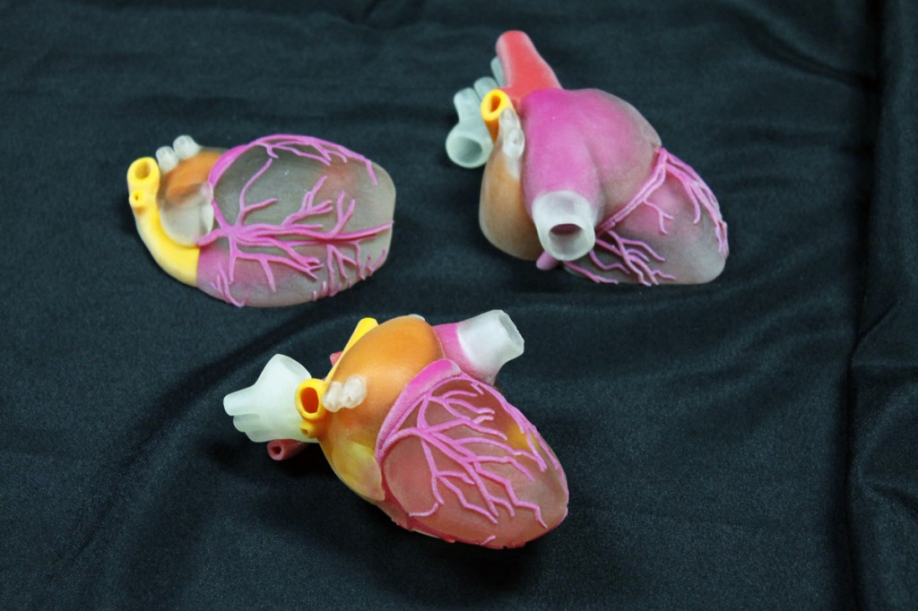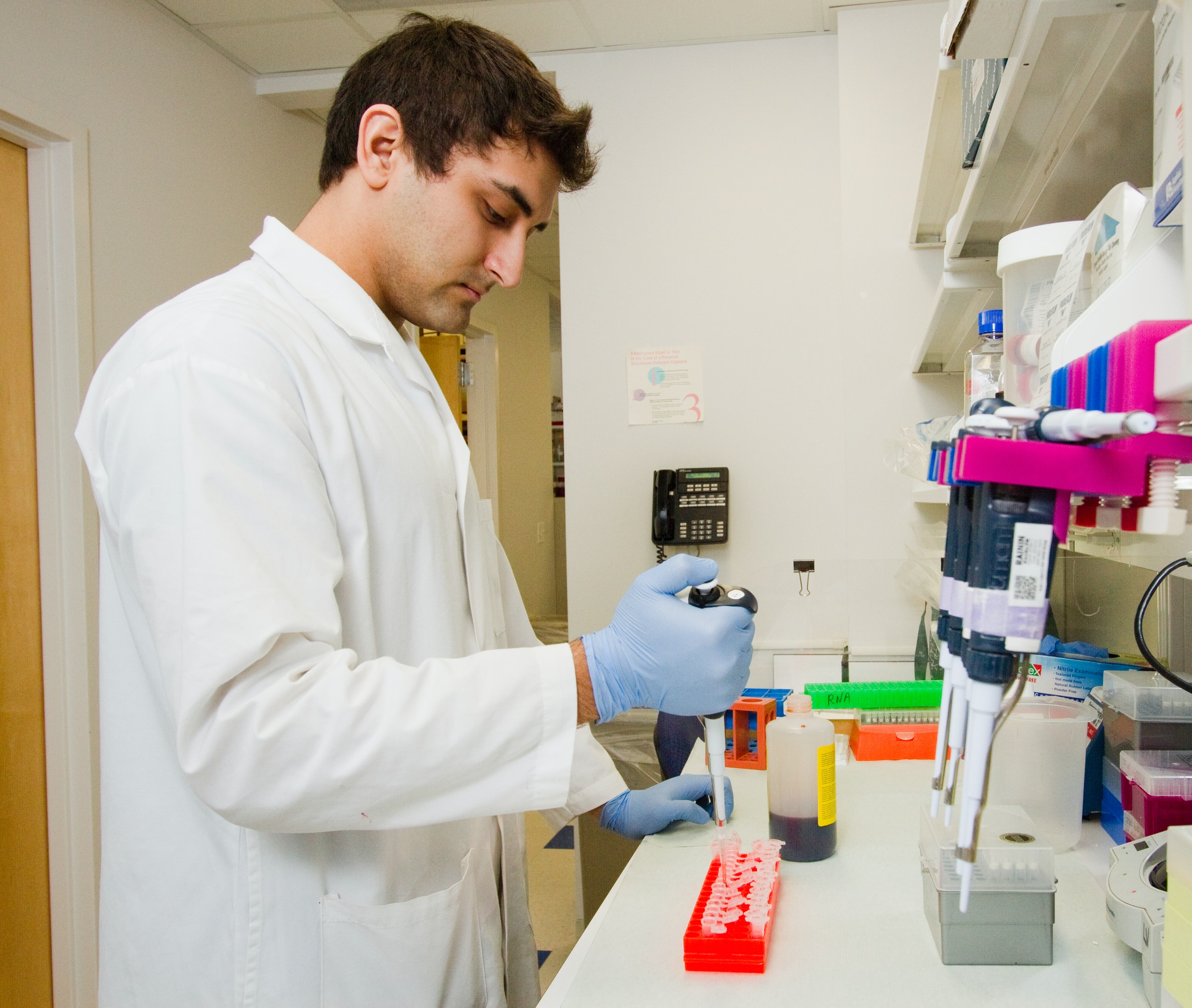
3D Printing and the Medical Industry: Everything You Need to Know
3D printing was first developed in the 1980s. It consists of taking a digital model of an object and then producing it in successive layers of an appropriate material. It consists of taking a digital model of an object and then producing it in successive layers of an appropriate material, in order to give volume to the previously digitized object. In recent years, this scientific innovation has experienced great growth. In fact, 3D printers are entering more and more diverse fields; it is a fascinating subject that, in the case of medicine, has given inspiring results and its applications are widespread. Interested to learn more about how 3D printing can be of great help in the medical world? That’s what we are going to discuss today. Happy discovery!
Surgical Preparation

To perform surgeries in delicate areas of the body, 3D printing can provide an exact replica of damaged organs or bones, which are the target of surgery due to a condition. Having the organ in question available before surgery on the patient’s body allows doctors to practice on the printed organ and find the most viable alternative to treat patients. This results in more effective treatment, shorter intervention time, which translates into a faster recovery for the patient.
For instance, some professionals have designed an exact copy of a child’s tumor with two different materials, a hard plastic for the blood vessels, kidney and spine, and a soft resin for the tumor; the team of doctors practiced with these models and the tumor was successfully removed.
Prosthesis
3D printing has greatly advanced the world of prosthetics; from crutches that are much more anatomical due to the ability to make curved, tailored prints to fit the right size, to lighter limbs with more natural and intuitive movements.
Throughout the world, they have even developed a light and resistant titanium prosthesis modeled on a 3D printer. It is a large part of the rib cage of a 54-year-old person who lost his sternum and part of his rib cage to cancer. Twelve days after surgery, the patient was discharged from the hospital and made a satisfactory recovery.
Organs
Yes you’ve read that right! Organs! It might sound unbelievable but it is today possible to print human organs. Scientists and specialized doctors can already print strips of human tissue, but functional organs are still a bit far from being part of our reality.
Using human cells from biopsies or stem cells, they are multiplied to produce a biological ink that is fed into a 3D printer, which is programmed to organize different cell types with other materials. The hope is that once placed in the human body, these cells will integrate with existing tissue.
At the University of Minnesota, for instance, a special small device just 2 millimeters in size has been developed, 3D printed that is able to connect each end of the damaged tissue endings of an injured rat’s sciatic nerve, directing its regeneration to reconnect properly. The results of this project were favorable, as sensory and motor functions of the damaged nerves were regenerated.
The use of 3D printing in prosthetics is progressing rapidly. In 2012, for the first time, a printed jaw was transplanted. Today, transplants of this type are no longer a novelty and there are many successful cases of transplants of hips, jaws and other body parts.
Precision in the manufacture of medical prostheses and transplants is essential for comfort and health, which is why the 3D printing industry in the world of medicine is likely to be one of the most important. Thus, the prosthesis is naturally much more comfortable because it has a very precise shape, the exact shape of your tooth or ear.
Here you are! You now know more about how 3D printing can be useful in the medical field. Have you heard of any other new medical technology of same importance and novelty? Share it with us in the comments below.
You May Also Like

Astronomy vs. Astrology – What’s the Difference?
2021-08-25
Top 5 Things To Know About Imposter Syndrome
2023-02-17


